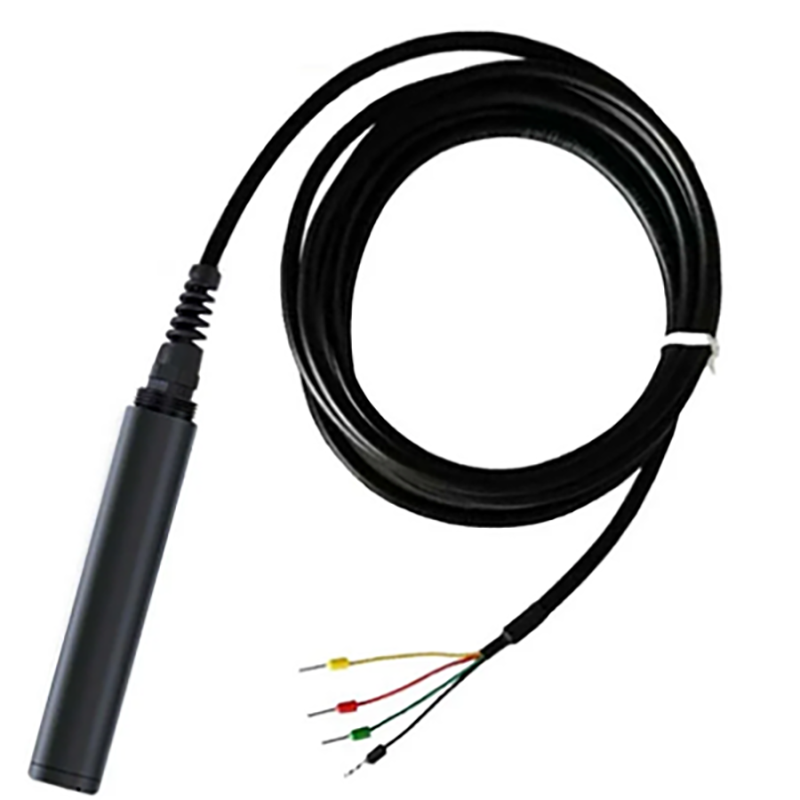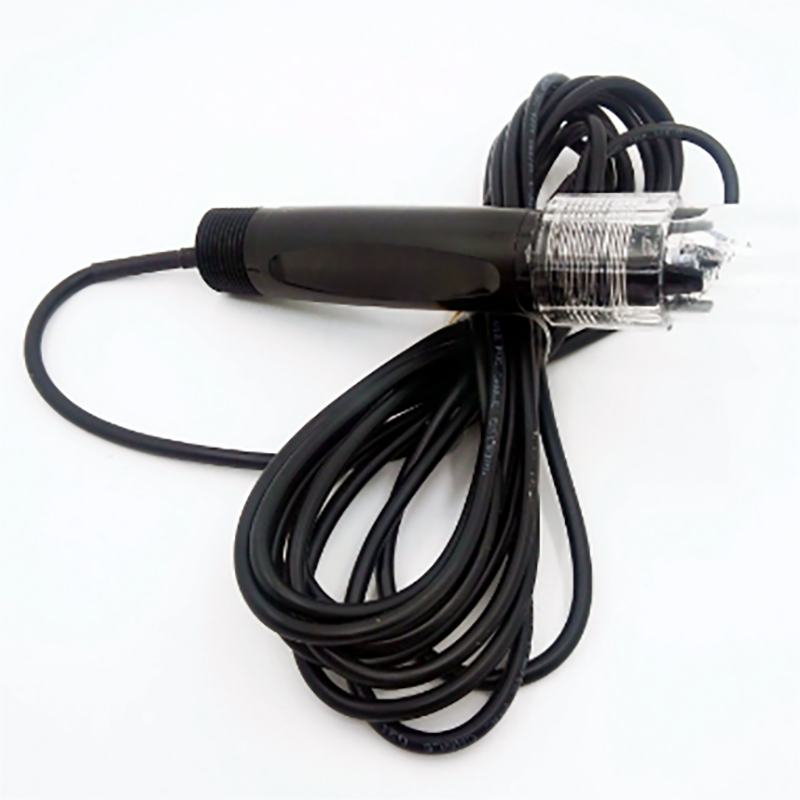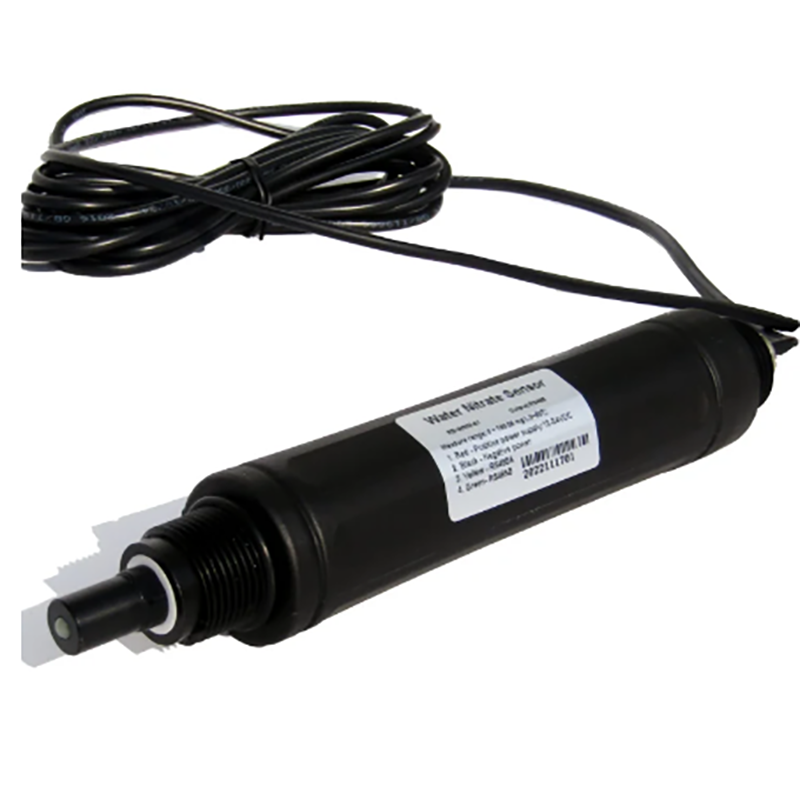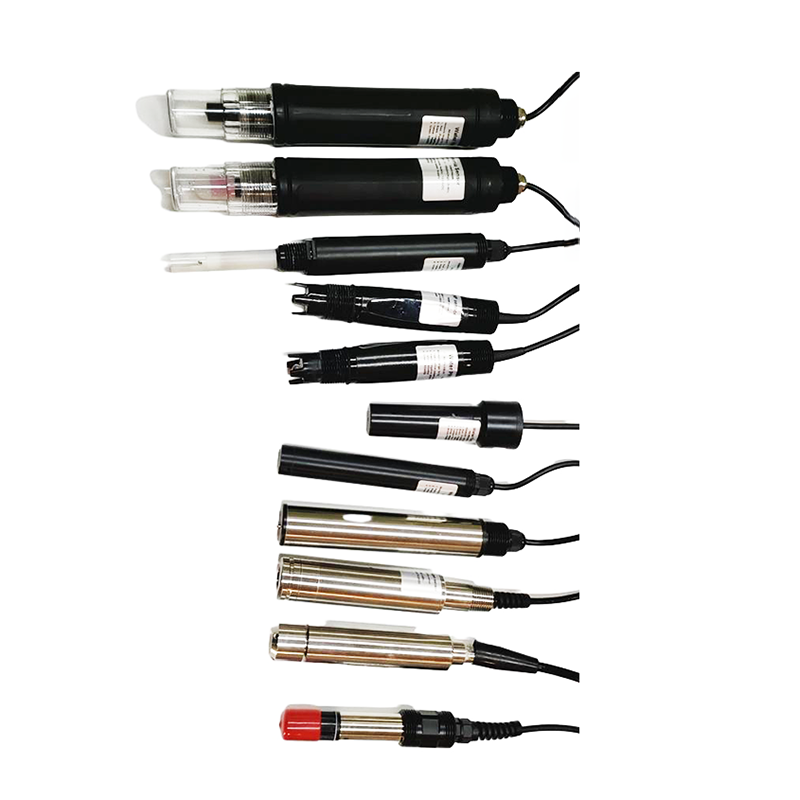The Iowa House of Representatives passed the budget and sent it to Gov. Kim Reynolds, who could eliminate state funding for water quality sensors in Iowa’s rivers and streams.
The House voted 62-33 Tuesday to pass Senate File 558, a budget bill targeting agriculture, natural resources and environmental protection, despite concerns from water quality advocates about cuts to funding for water quality monitoring and open space maintenance.
“Not funding reporting and progress monitoring is not the direction we are moving to address Iowa’s nutrient pollution problem,” said Alicia Vasto, water program director for the Iowa Environmental Council. ”
The budget increases funding for the Exotic Animal Disease Preparedness Fund and invests $750,000 in the Dairy Industry Innovation Fund – something Rep. Sami Sheetz, D-Cedar Rapids, called the bill a “benefit.”
Sheetz said the “bad” part of the bill is that it eliminates a long-standing goal of making 10 percent of Iowa land designated as protected open space. The “terrible” thing is the transfer of $500,000 from the Iowa State University Nutrition Research Center to the Iowa Department of Agriculture and Land Management’s water quality program.
The ISU Center, which maintains the University of Iowa’s sensor network, planned to give the UI $500,000 this year for that network and related projects. The budget also eliminates the need for the ISU Center to collaborate with the UI and the University of Northern Iowa.
Rep.Before the Senate passed the bill last week, Eisenhardt asked Farmer Momsen if he agreed with the bill’s language.
The 2008 Gulf Hypoxia Action Plan calls for Iowa and other Midwestern states to reduce nitrogen and phosphorus loads in the Mississippi River by 45 percent. To that end, Iowa has developed a nutrient reduction strategy that requires improved water treatment facilities and requires farmers to voluntarily adopt conservation practices.
Iowa installs about 70 sensors each year on streams and rivers across the state to measure nitrate loads and concentrations so observers can determine whether water treatment plant upgrades, wetland improvements and agricultural conservation practices are helping reduce pollution.




The sensors send real-time data to the Iowa Water Quality Information System, which has an interactive online map. The system’s two sensors are located at Bloody Run Creek, near an 11,600-head cattle feedlot owned by Jared Walz, son-in-law of Sen. Dan Zumbach. The budget was introduced in the Senate.
SF 558 also allocates $1 million from the Resource Enhancement and Protection Fund (REAP) for park maintenance.
The Gazette has provided Iowans with in-depth local news coverage and insightful analysis for more than 140 years. Support our award-winning independent journalism by subscribing now.
Post time: Dec-27-2023

